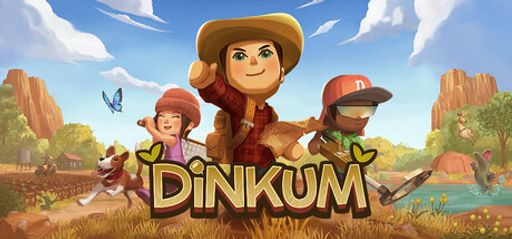 Let’s kick things off with Dinkum by James Bendon, published by Krafton, Inc. It uses the Unity engine. In fact, Steam reviews glow about its deep farm economy and lively outback vibe. For example, one user said it blends Animal Crossing charm with solid resource trading. Although some fans worry about Krafton’s corporate moves, that concern never broke the gameplay loop. Personally, I love how Dinkum’s tool upgrade paths add layers of strategy for hardcore farmers.
Let’s kick things off with Dinkum by James Bendon, published by Krafton, Inc. It uses the Unity engine. In fact, Steam reviews glow about its deep farm economy and lively outback vibe. For example, one user said it blends Animal Crossing charm with solid resource trading. Although some fans worry about Krafton’s corporate moves, that concern never broke the gameplay loop. Personally, I love how Dinkum’s tool upgrade paths add layers of strategy for hardcore farmers.
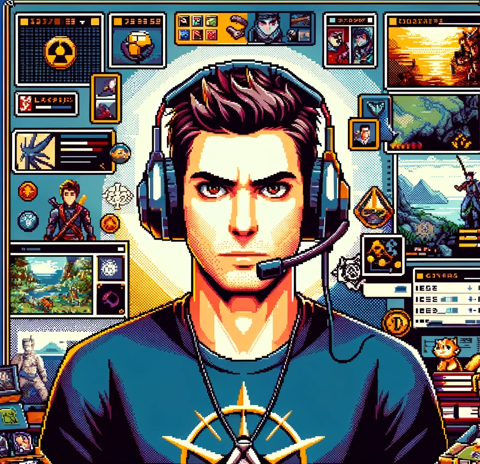 From the start, I dove into every corner of Dinkum’s map. James Bendon built those red deserts and lush forests with open-world code he first used in Subnautica mod work. Along the way, I tracked down 50 types of bugs and 30 ore veins. Moreover, crafting seven kinds of traps felt fresh. Seasons change crops and animal spawns, so that steady mechanic shift rewards those who chase every achievement and hidden collectible.
From the start, I dove into every corner of Dinkum’s map. James Bendon built those red deserts and lush forests with open-world code he first used in Subnautica mod work. Along the way, I tracked down 50 types of bugs and 30 ore veins. Moreover, crafting seven kinds of traps felt fresh. Seasons change crops and animal spawns, so that steady mechanic shift rewards those who chase every achievement and hidden collectible.
 When exploring, I look for hidden caves and rare critters. Interestingly, in a live Q&A, Bendon said he aimed for an authentic Aussie outback feel. Town festivals and NPC visitors build a loose story. At first, you start with a campfire, yet you grow into a mayor. Dialogue stays light, while lore drips through little journals you find in mine shafts. Consequently, that pacing keeps me curious about the next surprise event.
When exploring, I look for hidden caves and rare critters. Interestingly, in a live Q&A, Bendon said he aimed for an authentic Aussie outback feel. Town festivals and NPC visitors build a loose story. At first, you start with a campfire, yet you grow into a mayor. Dialogue stays light, while lore drips through little journals you find in mine shafts. Consequently, that pacing keeps me curious about the next surprise event.
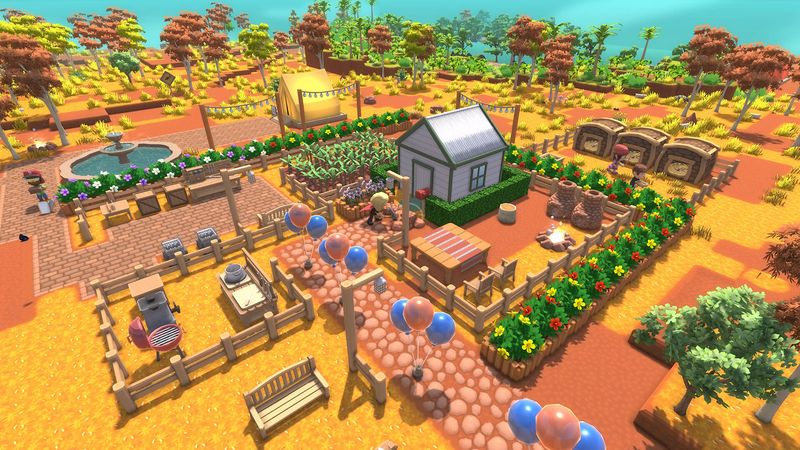
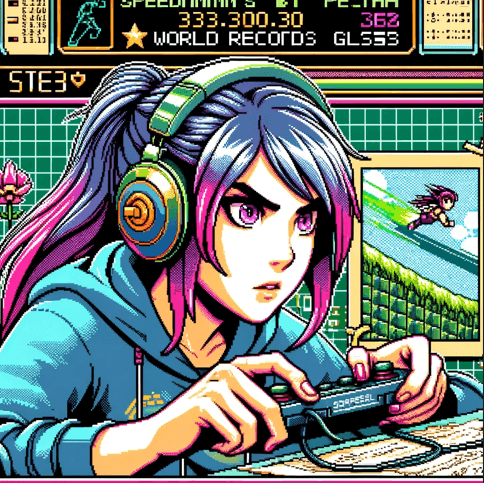 Visually speaking, Dinkum runs smooth on PC at 60fps. Unity’s shader tech makes sandy dunes shine under sun glare. As the seasons shift, the color palette moves from red earth to emerald grass. Character animations look simple but fluid. On the downside, on Steam Deck I saw minor drops in dense forests, yet overall, it holds well across mid-range rigs.
Visually speaking, Dinkum runs smooth on PC at 60fps. Unity’s shader tech makes sandy dunes shine under sun glare. As the seasons shift, the color palette moves from red earth to emerald grass. Character animations look simple but fluid. On the downside, on Steam Deck I saw minor drops in dense forests, yet overall, it holds well across mid-range rigs.
 On the audio side, Dinkum blends acoustic guitar and didgeridoo loops for a laid-back soundtrack. A track called “Morning on the Outback” really sets the mood. Additionally, sound effects for tool swings and animal calls sync perfectly with hit frames. NPC voices use simple lines but deliver Aussie slang that feels real. Notably, the audio team used field recordings of bush birds to deepen immersion.
On the audio side, Dinkum blends acoustic guitar and didgeridoo loops for a laid-back soundtrack. A track called “Morning on the Outback” really sets the mood. Additionally, sound effects for tool swings and animal calls sync perfectly with hit frames. NPC voices use simple lines but deliver Aussie slang that feels real. Notably, the audio team used field recordings of bush birds to deepen immersion.
 As for characters, they grow on you over time. Each villager sports a mini bio and unique hobby. For instance, I unearthed hidden side quests by chatting with a tinkerer in a windmill shop. Representation stays solid with many outfits and genders. Furthermore, those small arcs tie back to your town growth. I noted one developer diary mentioned adding more guest NPCs based on player feedback.
As for characters, they grow on you over time. Each villager sports a mini bio and unique hobby. For instance, I unearthed hidden side quests by chatting with a tinkerer in a windmill shop. Representation stays solid with many outfits and genders. Furthermore, those small arcs tie back to your town growth. I noted one developer diary mentioned adding more guest NPCs based on player feedback.
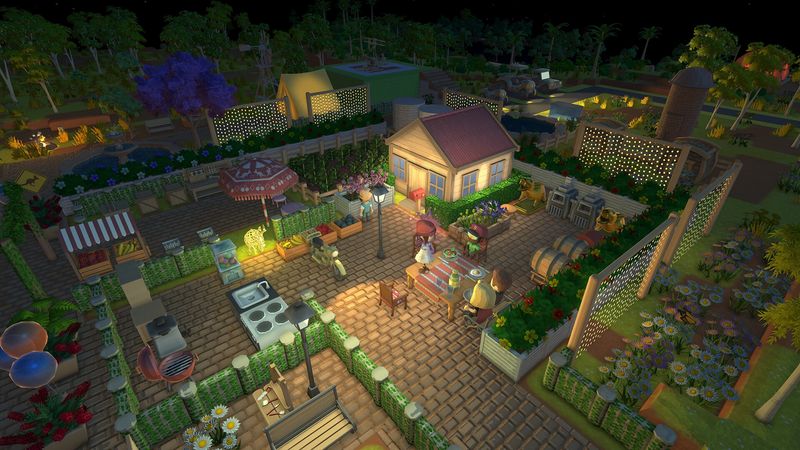
 In terms of challenge, Dinkum balances things well. Hunting wild boars feels tense if you charge in. Alternatively, you can set snares or sneak attack with a spear. Mining puzzles mix torch placement with platform jumps. However, a few players mention a spike when a boss animal shows up. Overall, the curve stays gentle, and tool upgrades ease the path for new explorers.
In terms of challenge, Dinkum balances things well. Hunting wild boars feels tense if you charge in. Alternatively, you can set snares or sneak attack with a spear. Mining puzzles mix torch placement with platform jumps. However, a few players mention a spike when a boss animal shows up. Overall, the curve stays gentle, and tool upgrades ease the path for new explorers.
 For replay, I ran a time trial gathering ten ores, ten bugs, and ten fish in under 20 minutes. Route planning and tool combos make it a neat speedrun. Seasonal events change spawn tables, so you find new targets each loop. Achievements unlock building blueprints and secret vendors. Compared to Stardew Valley or Animal Crossing, Dinkum rewards swift play with fun route memorization.
For replay, I ran a time trial gathering ten ores, ten bugs, and ten fish in under 20 minutes. Route planning and tool combos make it a neat speedrun. Seasonal events change spawn tables, so you find new targets each loop. Achievements unlock building blueprints and secret vendors. Compared to Stardew Valley or Animal Crossing, Dinkum rewards swift play with fun route memorization.
 Final Thoughts: Dinkum brings unique resource systems, Aussie charm, and robust town building to the survival sim genre. It stands out against Animal Crossing clones by leaning into economy and crafting depth. It appeals to farmers, explorers, speedrunners, and completionists alike. If you want similar experiences, check these out:
Final Thoughts: Dinkum brings unique resource systems, Aussie charm, and robust town building to the survival sim genre. It stands out against Animal Crossing clones by leaning into economy and crafting depth. It appeals to farmers, explorers, speedrunners, and completionists alike. If you want similar experiences, check these out:
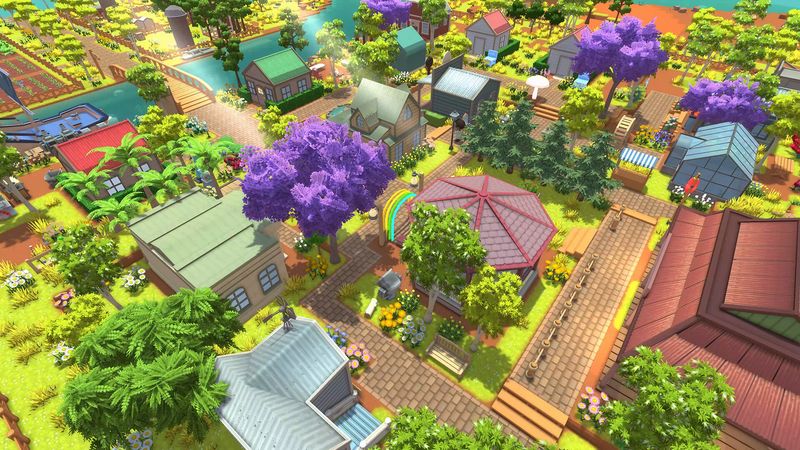
 Stardew Valley blends farming, mining, fishing, and town events in a pixel world. You manage crops, raise animals, explore caves, and build relationships. Its tight crafting loops and seasonal festivals echo Dinkum’s core but add romance and town story arcs.
Stardew Valley blends farming, mining, fishing, and town events in a pixel world. You manage crops, raise animals, explore caves, and build relationships. Its tight crafting loops and seasonal festivals echo Dinkum’s core but add romance and town story arcs.
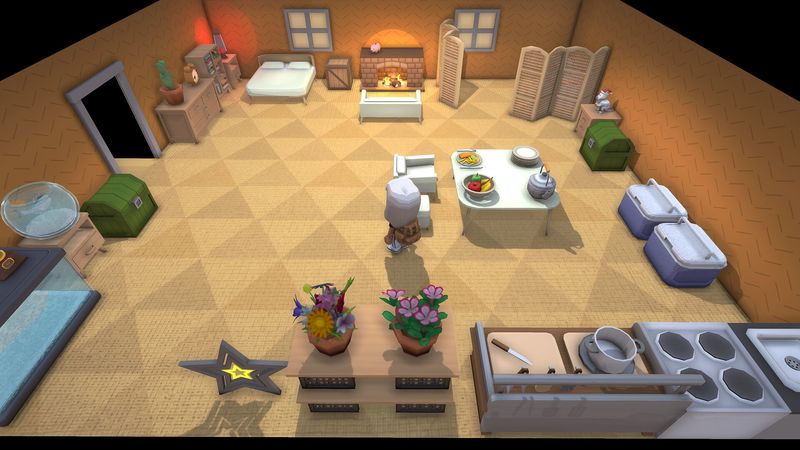
 Animal Crossing: New Horizons. This free-form island sim focuses on friendship and decor. You craft tools, catch bugs, and host neighbors. Its seasonal events and deep customization make every play session cozy. It trades Dinkum’s economy edge for social interaction.
Animal Crossing: New Horizons. This free-form island sim focuses on friendship and decor. You craft tools, catch bugs, and host neighbors. Its seasonal events and deep customization make every play session cozy. It trades Dinkum’s economy edge for social interaction.
 My Time at Portia. Portia leans into 3D crafting and quest chains. You rebuild a workshop, craft machines, and befriend townsfolk. It sports rich side quests and NPC storylines. Its mix of survival and town growth feels like Dinkum’s open-world builder with a stronger narrative push.
My Time at Portia. Portia leans into 3D crafting and quest chains. You rebuild a workshop, craft machines, and befriend townsfolk. It sports rich side quests and NPC storylines. Its mix of survival and town growth feels like Dinkum’s open-world builder with a stronger narrative push.
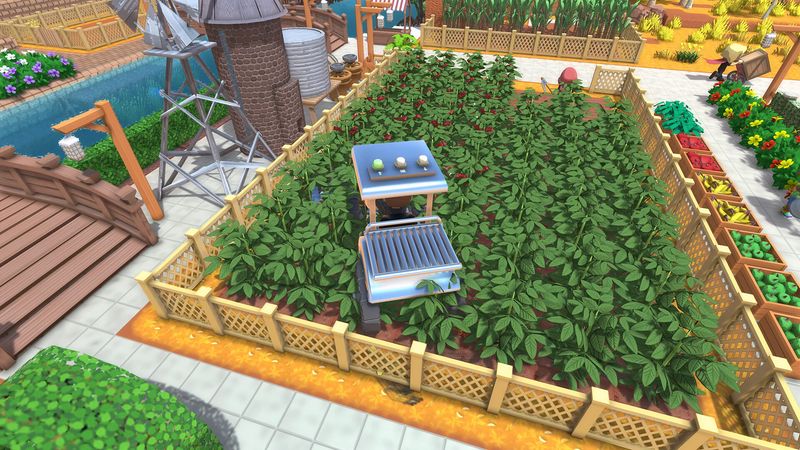
 Terraria. This 2D action-adventure packs exploration, building, and boss fights. You mine rare ores, craft weapons, and battle epic foes underground. Its random world generation and gear progression offer endless replay. It’s rawer than Dinkum but shares sandbox spirit.
Terraria. This 2D action-adventure packs exploration, building, and boss fights. You mine rare ores, craft weapons, and battle epic foes underground. Its random world generation and gear progression offer endless replay. It’s rawer than Dinkum but shares sandbox spirit.
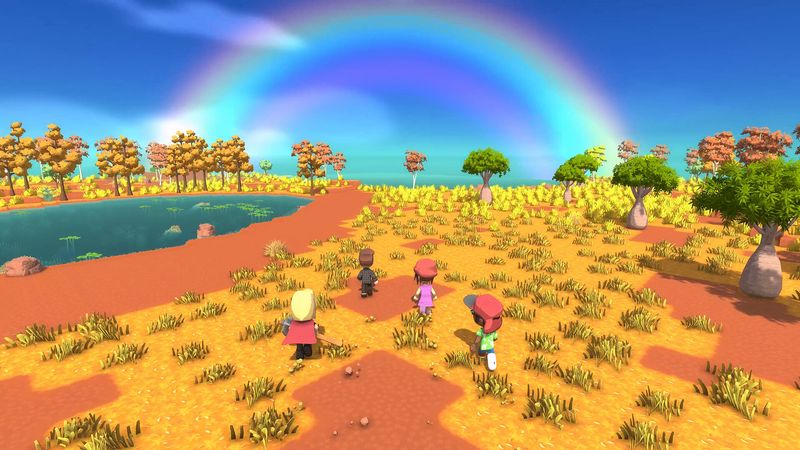
 Rune Factory 4 Special. This hybrid of farming and fantasy combat adds character storylines and dungeon runs. You grow crops by day and battle monsters by night. Its deep crafting, romance paths, and boss battles expand on Dinkum’s survival sim roots.
Rune Factory 4 Special. This hybrid of farming and fantasy combat adds character storylines and dungeon runs. You grow crops by day and battle monsters by night. Its deep crafting, romance paths, and boss battles expand on Dinkum’s survival sim roots.

